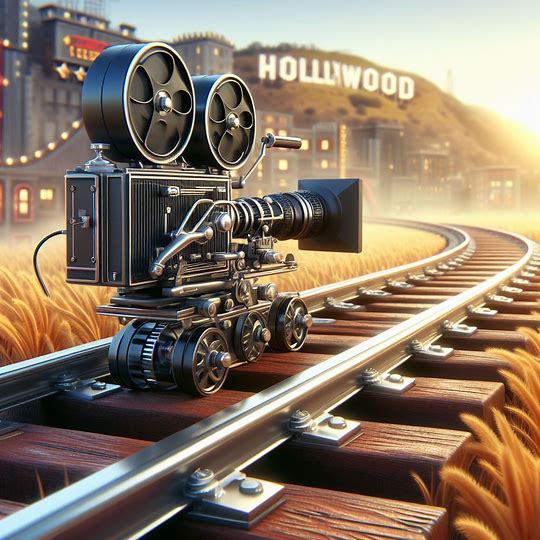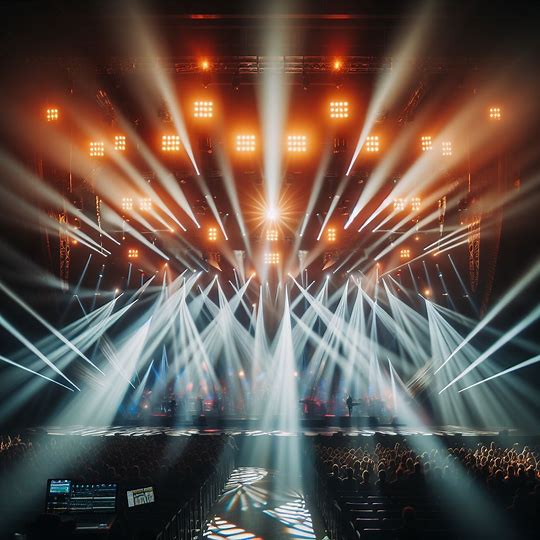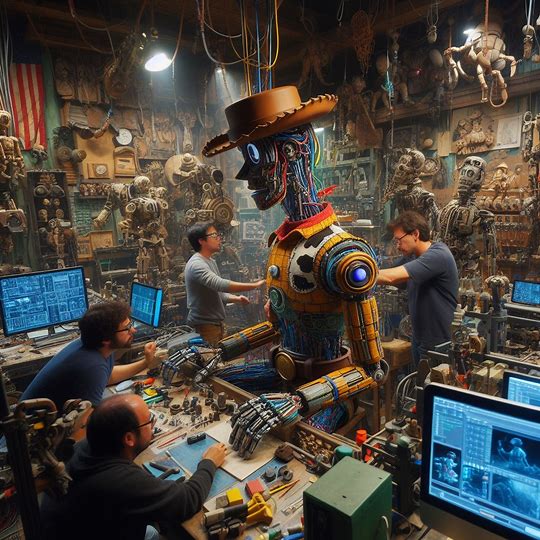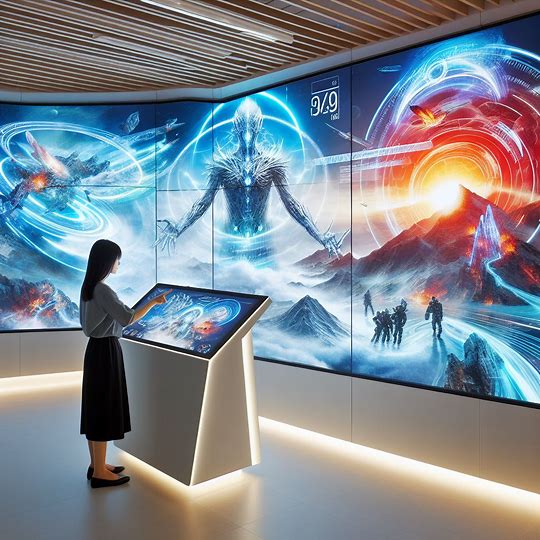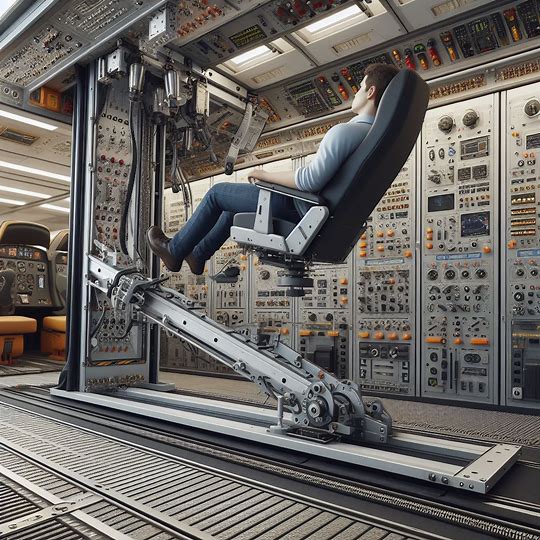Skip to content
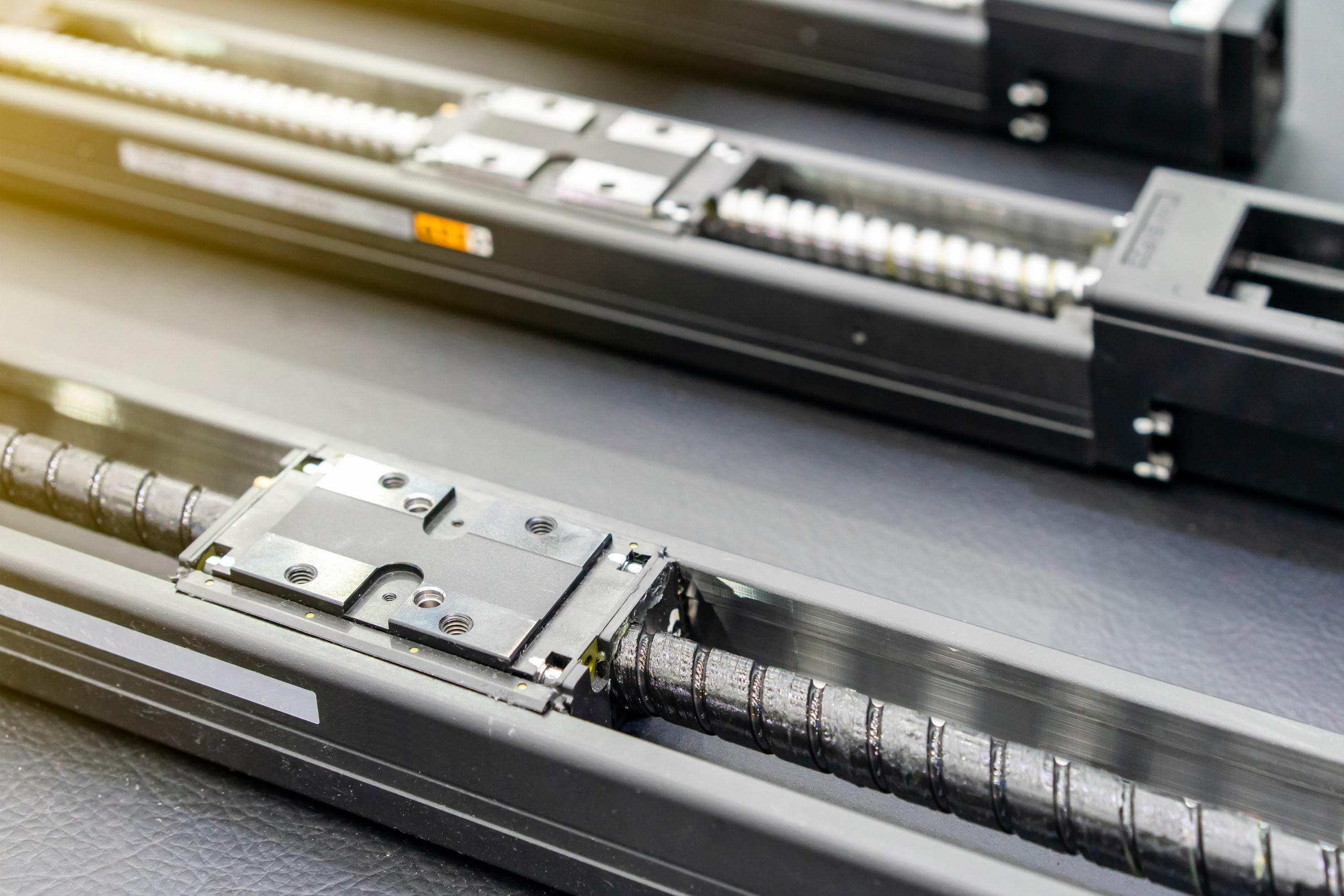
Entertainment
Hollywood & Filmmaking
- Camera Movement and Shots: Robots serve double-duty on filmmakers’ sets. With superhuman control and repeatability, they capture awe-inspiring shots. Whether it’s a smooth tracking shot or a complex camera movement, robots contribute to cinematic magic.
- Product Imagery: Robots find nuances in form and fluidity, creating magical images of products and iconic brands. Their precision ensures consistent and visually appealing shots.
Theater & Live Performances
- Set Changes: Automated stage elements, such as moving platforms, rotating stages, and flying props, enhance theatrical productions.
- Lighting and Effects: Motion control systems precisely position lights, projectors, and special effects devices. This ensures seamless transitions and captivating visuals.
- Robotic Cameras: Robotic cameras capture dynamic angles and follow the action. They provide viewers with unique perspectives during live events.
Theme Park & Attractions
- Ride Automation: Motion control systems drive roller coasters, simulators, and dark rides. These systems synchronize movements, lighting, and special effects to create thrilling experiences.
- Animatronics: Robots bring characters to life in theme park attractions. From talking pirates to dinosaurs, animatronics rely on precise motion control for realistic movements.
Interactive Displays & Art Installations
- Interactive Displays: Robots engage visitors by demonstrating scientific principles, historical events, or artistic concepts. They make learning fun and memorable.
- Art Installations: Artists incorporate robots into interactive installations, blurring the line between technology and creativity.
Virtual Reality & Ride Simulators
- Ride automation: Motion control systems synchronize movements, lighting, and special effects for various amusement park attractions, including flat rides, roller coasters, water rides, dark rides, and simulators.
- Simulators: Ride simulators use motion cueing algorithms (MCAs) to replicate realistic motions within hardware constraints. These algorithms enhance the perception of motion for drivers. By integrating actual vehicle models with human vestibular system models, MCAs ensure accurate motion perception.

